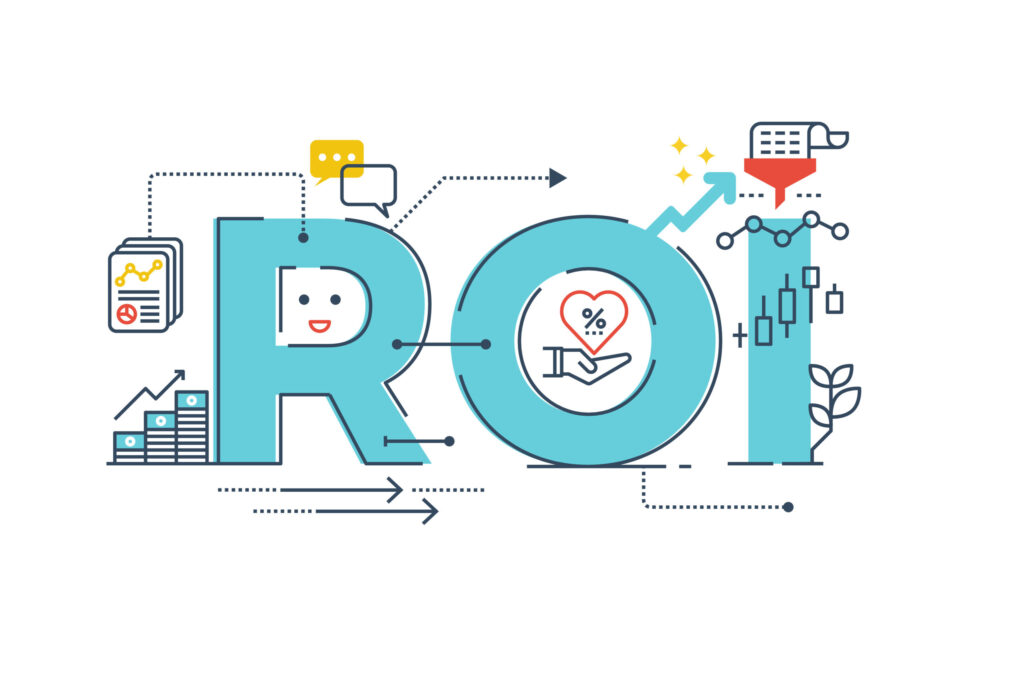How to Measure the ROI of Your Digital Media Campaigns
Measuring the Return on Investment (ROI) of your digital media campaigns is crucial for evaluating their effectiveness and optimizing future marketing efforts. In today’s data-driven landscape, marketers rely on ROI measurement to justify budget allocations, demonstrate campaign success, and inform strategic decisions. Whether you’re running paid advertising campaigns, social media initiatives, email marketing, or content marketing efforts, understanding how to accurately measure ROI ensures you maximize your marketing dollars and achieve tangible business outcomes. Here’s a comprehensive guide on effectively measuring ROI for your digital media campaigns.

1. Define Clear Objectives and KPIs
Before launching any digital media campaign, establish clear objectives aligned with your overall business goals. Are you aiming to increase sales, generate leads, boost website traffic, or enhance brand awareness? Define specific Key Performance Indicators (KPIs) that directly reflect these objectives, such as conversion rate, cost per acquisition (CPA), revenue generated, or customer lifetime value (CLV). Setting clear goals and KPIs provides a framework for measuring ROI accurately.
2. Track Conversions and Attribution
Implement conversion tracking mechanisms to attribute actions or conversions back to your digital media campaigns. Use tools like Google Analytics, Facebook Pixel, or CRM systems to track conversions such as purchases, form submissions, newsletter sign-ups, or downloads. Assign unique tracking URLs, promo codes, or landing pages to different campaigns to monitor and attribute conversions effectively. Understanding which campaigns drive the most conversions allows you to optimize resources and focus on high-performing channels.
3. Calculate Cost of Investment
Determine the total cost associated with your digital media campaigns. Include expenses such as advertising spend, agency fees, content creation costs, software subscriptions, and any other relevant expenditures. Calculate the cost per campaign, ad set, or specific initiative to accurately assess the investment required to achieve your marketing objectives. Knowing your investment allows for a precise calculation of ROI.
4. Measure Revenue Generated
To calculate ROI, measure the revenue generated from your digital media campaigns. Track sales revenue directly attributed to campaign-driven conversions or customer acquisitions. If direct revenue attribution is challenging (e.g., for brand awareness campaigns), use customer lifetime value (CLV) estimates or average order value (AOV) to approximate revenue impact. Integrating CRM systems or e-commerce platforms with your analytics tools simplifies tracking and reporting on revenue metrics.
5. Calculate ROI Formula
Once you have determined your campaign’s revenue and investment costs, calculate ROI using the following formula:
ROI=(Revenue−CostCost)×100\text{ROI} = \left( \frac{\text{Revenue} – \text{Cost}}{\text{Cost}} \right) \times 100ROI=(CostRevenue−Cost)×100
For example, if your campaign generated $10,000 in revenue and cost $5,000 to execute, the ROI calculation would be:
ROI=(10,000−5,0005,000)×100=100%\text{ROI} = \left( \frac{10,000 – 5,000}{5,000} \right) \times 100 = 100\%ROI=(5,00010,000−5,000)×100=100%
An ROI of 100% indicates that you earned twice the amount you invested. Positive ROI signifies profitability, while negative ROI suggests that adjustments are needed to improve campaign performance or efficiency.
6. Use Attribution Models
Utilize attribution models to understand how different touchpoints contribute to conversions throughout the customer journey. Common attribution models include first-click, last-click, linear, time decay, and position-based models. Each model assigns credit to touchpoints based on their influence in converting prospects into customers. Evaluate which attribution model aligns best with your campaign objectives and customer behavior patterns to gain insights into the effectiveness of your marketing efforts.
7. Analyze Customer Acquisition Cost (CAC)
Calculate Customer Acquisition Cost (CAC) to determine the cost-effectiveness of acquiring new customers through your digital media campaigns. Divide total campaign costs by the number of new customers acquired within a specific timeframe. Compare CAC against customer lifetime value (CLV) to assess long-term profitability and sustainability of customer relationships generated from your campaigns. Lowering CAC while maintaining or increasing CLV improves overall campaign ROI.
8. Monitor Return on Ad Spend (ROAS)
Return on Ad Spend (ROAS) measures the revenue generated from advertising compared to the cost of advertising. Calculate ROAS by dividing revenue generated from ads by the cost of those ads:
ROAS=Revenue from AdsCost of Ads\text{ROAS} = \frac{\text{Revenue from Ads}}{\text{Cost of Ads}}ROAS=Cost of AdsRevenue from Ads
A ROAS of 5:1 indicates that for every dollar spent on advertising, $5 in revenue was generated. Use ROAS metrics to optimize ad budgets, bidding strategies, and ad placements across different platforms for maximum revenue impact.
9. Analyze Campaign Performance Metrics
Evaluate performance metrics beyond ROI, such as click-through rate (CTR), conversion rate, engagement rate, and cost per click (CPC). These metrics provide insights into campaign effectiveness, audience engagement, and ad performance. Identify trends, patterns, and areas for improvement based on performance data to refine targeting, messaging, and creative elements in future campaigns.
10. Continuous Optimization and Iteration
ROI measurement is an iterative process that requires continuous optimization and refinement of campaign strategies. Analyze ROI data regularly to identify top-performing campaigns, channels, and audience segments. Allocate resources towards high ROI initiatives and experiment with new tactics to improve campaign efficiency and effectiveness. Stay agile and responsive to market changes, consumer behavior shifts, and evolving industry trends to maintain competitive advantage and drive sustainable growth.
By implementing these best practices for measuring ROI in your digital media campaigns, you can gain valuable insights into campaign performance, optimize marketing spend effectively, and demonstrate tangible business impact. Adopt a data-driven approach to decision-making, leverage advanced analytics tools, and adapt strategies based on ROI insights to achieve long-term success in digital marketing endeavors.

